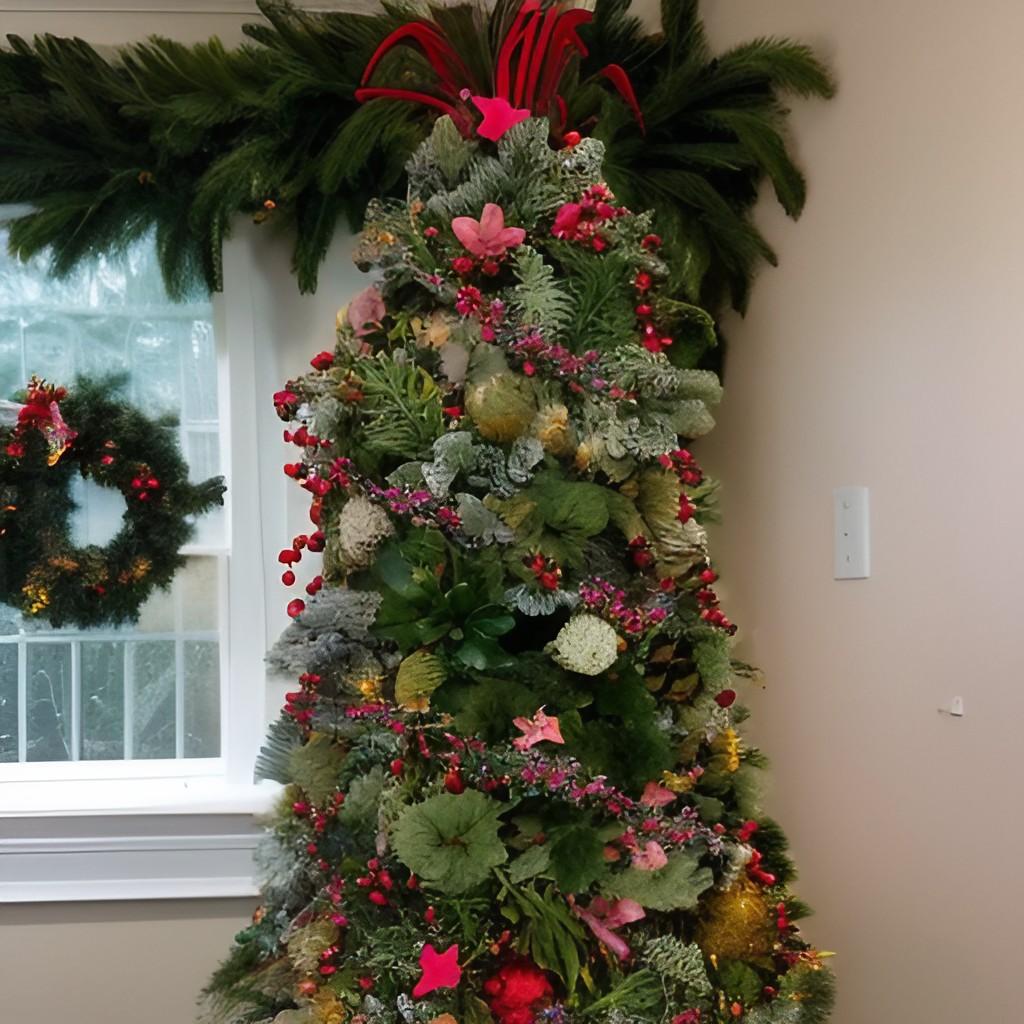As we approach the holiday season, many consider decorating our homes for the festivities. One hallmark of this time of year is the Christmas tree, which has long been a central symbol of the season. Traditionally, families would purchase live trees for their homes, but artificial trees have become increasingly popular. As a result, a new trend is emerging – the rise of eco-friendly artificial Christmas trees.
Why Eco-Friendly Artificial Christmas Trees Are Becoming Popular
The traditional practice of cutting down live Christmas trees can have significant environmental impacts. Trees are often grown on monoculture farms, which can lead to soil depletion and pesticide use. When they are cut down, the trees must be transported long distances to stores, which requires significant fuel. Once they are no longer used, these trees are often thrown away, contributing to landfills and generating methane emissions as they decompose.
Artificial trees have long been hailed as the solution to these problems, but they come with environmental challenges. Most artificial trees are made from plastic, which is a petroleum-based product. The manufacturing process for these trees is resource-intensive, and they do not decompose when discarded, instead adding to the plastic waste in landfills and oceans.
However, new developments in manufacturing have led to the creation of eco-friendly artificial trees that do not come with the environmental baggage of their traditional counterparts. These trees are made from sustainable materials, such as bamboo or recycled plastics, and are designed to be long-lasting and reusable. They may also have biodegradable components or be easily recyclable.
Your Eco-Friendly Artificial Christmas Tree
In addition to environmental benefits, eco-friendly artificial Christmas trees offer other advantages. They can be more cost-effective in the long term, as they can be used for several years and do not need to be replaced annually. They also eliminate the need for live trees to be cut down, which can have ethical implications.
As the trend toward eco-friendliness continues to grow, we will likely see more and more eco-friendly artificial Christmas trees being sold. Consumers can look for labels such as “sustainably made” or “recyclable” to ensure they make a responsible purchase.
What to Look for When Buying an Eco-Friendly Artificial Christmas Tree
When choosing the best artificial Christmas trees, it is essential to consider their size, style, and quality. Many of these trees come in a variety of styles, including traditional evergreen, frosted, or even decorated with ornaments. Consumers may also consider the size of the tree depending on the space it will occupy in their home.
In conclusion, the rise of eco-friendly artificial Christmas trees represents a positive step towards more sustainable holiday practices. We can minimize our environmental impact by opting for these trees while still enjoying the season’s festive spirit. So, as we enter the holiday season, let us remember to make responsible choices for our planet’s health and future generations well-being.
